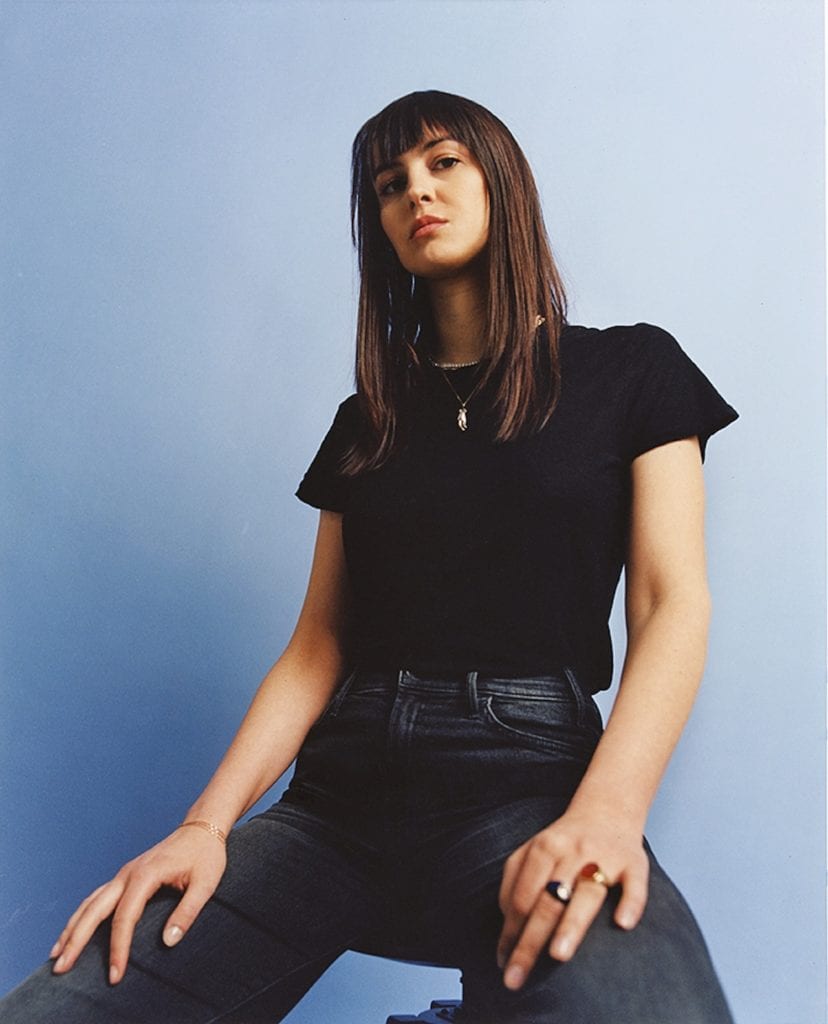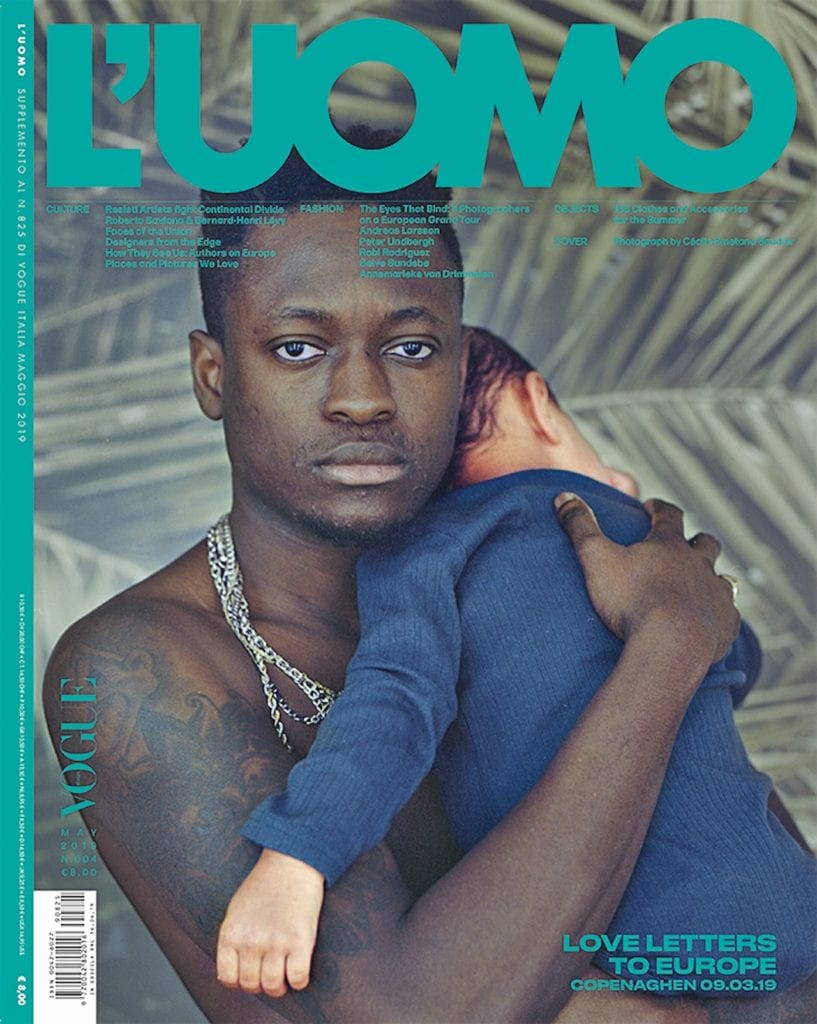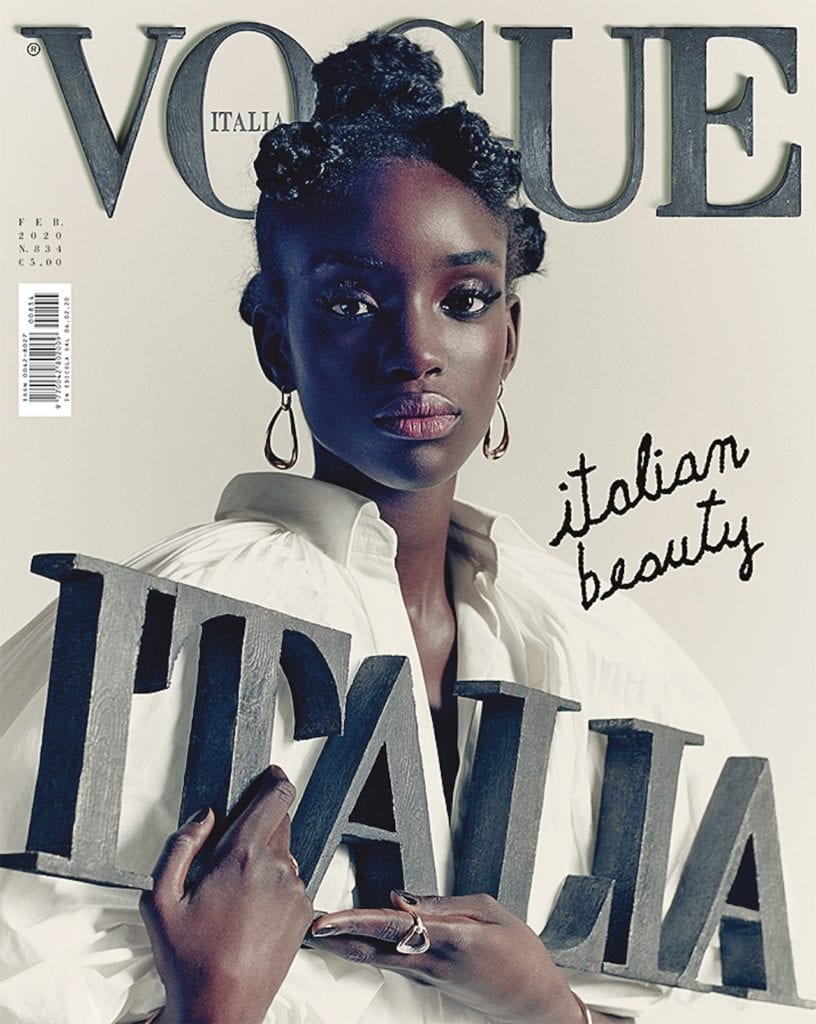The photo editor of Vogue Italia since 2012, and L’Uomo Vogue since 2018, Chiara Bardelli Nonino also acts as the editor of the photography section of Vogue.it, and is a curator of the Photo Vogue Festival, where fashion photography is investigated through a sociopolitical lens. She also works on independent editorial and curatorial projects, such as the forthcoming exhibition, Paolo Roversi – Studio Luce, opening in Ravenna Art Museum in April. “Fashion is teamwork on every level, never a one-man show,” she says. “In my case, the vision of the magazine is decided by the editor-in-chief, Emanuele Farneti, with the creative director [Ferdinando Verderi for Vogue Italia, and Thomas Persson for L’Uomo Vogue]. My role is to help and contribute to that vision through images.”

Why does Vogue Italia stand apart from other mainstream fashion magazines?
I think Vogue Italia is the only truly international Italian magazine. It manages to be so because, from the very beginning, there was a deep understanding of the power of visual communication – especially really great photography – and a clear idea of the reach that fashion can have beyond the
fashion world. Now, with social media, not
only do we all communicate with images,
but fashion has become less elitist, and more
of a bona fide mainstream pop interest, like
music and cinema. Vogue Italia is one of the
few magazines that manages to be both
relevant in fashion itself, and to use fashion
photography to talk about something else
beside style and trends. Now fashion and
politics are intertwined on every level, but
when Vogue Italia started doing it, it was
the only established fashion institution to do
so consistently.
What are the most important
matters to consider when you are
planning a commission?
The photographer’s vision, the message you
want to convey with the pictures, and, of
course, how the two aforementioned aspects
merge with the fashion concept.

Where do you look for new talent?
I go indie. At photobook fairs like Offprint, I check out independent publishers, dummies and self-published projects. Online – for now, on Instagram – I try to follow as many independent curators and galleries as I can, and a lot of art-related hashtags. At festivals, I take pictures of everything that catches my eye, then I collect all of this material in a big repository I keep on my Mac. Since social media blew up out of all proportion, the amount of talent you see every day is overwhelming. And the fact you can now discover emerging artists from all over the world fills me with a very childish joy. Vogue Italia has put a lot of emphasis on representing diversity, particularly through its photography. I marvel at how much you can use fashion as a Trojan horse to talk about deep, important issues, and to actually make a dent in the world out there. It’s incredible observing the ripple effect you can have with a cover such as our February issue [Below], for example. Titled Italian Beauty and shot by Paolo Roversi, the cover features Italo-Senegalese model Maty Fall. Italy is pretty divided right now, and populism and intolerance are on the rise. You can imagine how a cover like this can be incredibly important.

How does a photographer get your attention?
If we talk about photographers that are not represented by an agency, I always check both Instagram and their website. It’s really important that the website is up-to-date, well-done, not too artsy, but is very clear and organised, with the possibility to browse through projects both in full-screen galleries and thumbnail formats to get the full picture of each project.
What is your advice to emerging
photographers?
When young photographers come to show
their portfolios, they tend to put everything
in it: editorials from their early beginning, or
commissions they didn’t like. Don’t do that!
Sometimes it is better to put a self-produced
personal project out there that really shows
your voice, instead of getting published in
a magazine with something that doesn’t represent you at all.
—
